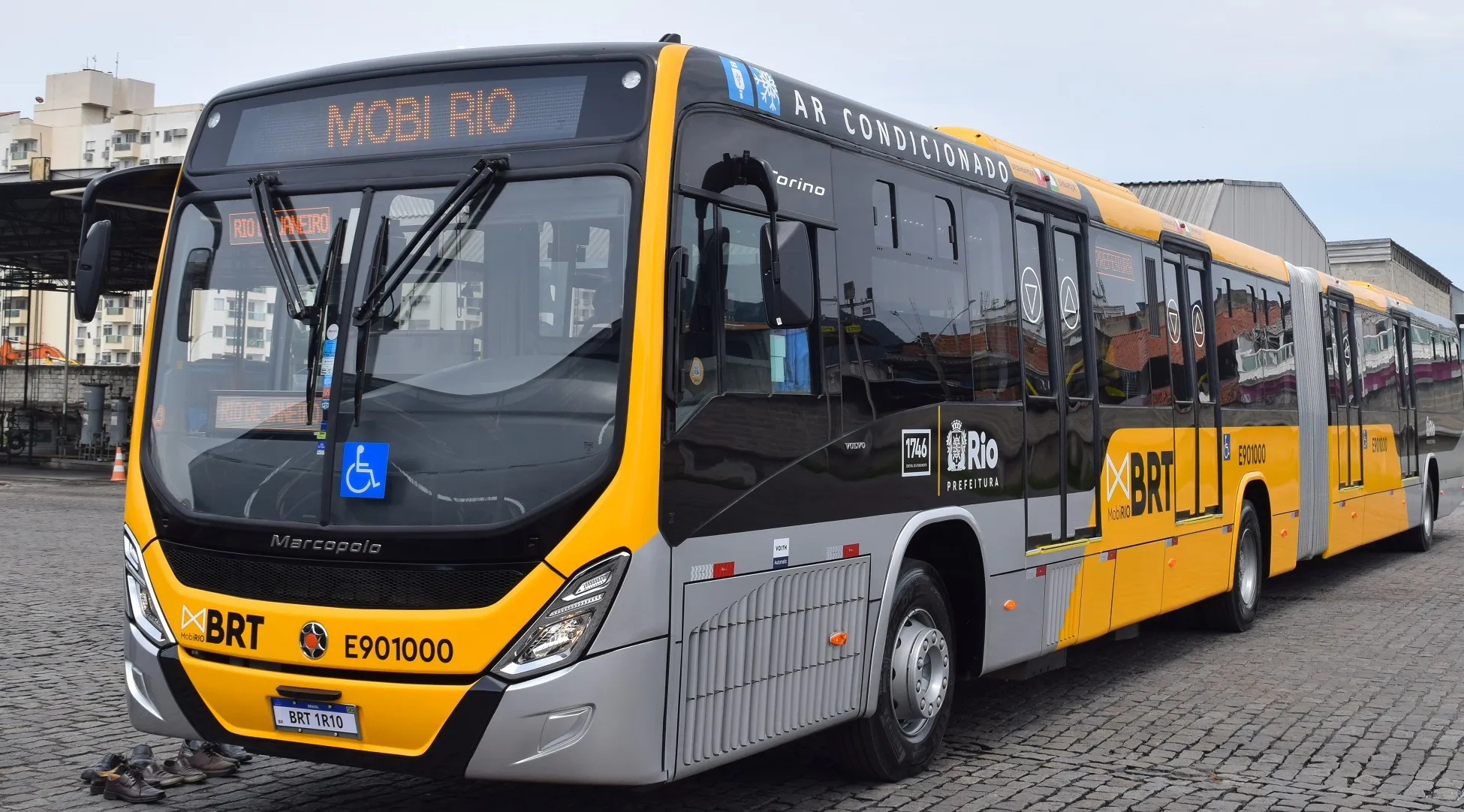ITS solutions provider Init is to install an inter-modal fleet management system for Canada’s Durham Region Transit (DRT), Toronto. DRT has a fixed route fleet of 205 vehicles which includes twenty-six Pulse Bus Rapid Transit (BRT) vehicles. Init is to replace DRT’s existing scheduling software and will also supply onboard computers, touchscreen driver terminals, planning software, statistics and reporting software and onboard passenger information displays and announcements. Init will also install automat
May 1, 2013
Read time: 2 mins

ITS solutions provider 511 INIT is to install an inter-modal fleet management system for Canada’s Durham Region Transit (DRT), Toronto. DRT has a fixed route fleet of 205 vehicles which includes twenty-six Pulse Bus Rapid Transit (BRT) vehicles.
Init is to replace DRT’s existing scheduling software and will also supply onboard computers, touchscreen driver terminals, planning software, statistics and reporting software and onboard passenger information displays and announcements.
Init will also install automated passenger counting technology on the Pulse BRT vehicles, enabling DRT to capture accurate data for reporting and analysis and allow them to make service adjustments and allocate resources. Init says its Iris passenger counting sensors will provide DRT with a 98 per cent passenger counting accuracy rate.
Init’s onboard driver touch terminal will simplify and improve driver processes, and provide communications between vehicles and DRT’s control centre.
The new system will also interface with DRT’s existing signs and fare collection systems, allowing easy integration with existing equipment.
Init is to replace DRT’s existing scheduling software and will also supply onboard computers, touchscreen driver terminals, planning software, statistics and reporting software and onboard passenger information displays and announcements.
Init will also install automated passenger counting technology on the Pulse BRT vehicles, enabling DRT to capture accurate data for reporting and analysis and allow them to make service adjustments and allocate resources. Init says its Iris passenger counting sensors will provide DRT with a 98 per cent passenger counting accuracy rate.
Init’s onboard driver touch terminal will simplify and improve driver processes, and provide communications between vehicles and DRT’s control centre.
The new system will also interface with DRT’s existing signs and fare collection systems, allowing easy integration with existing equipment.










